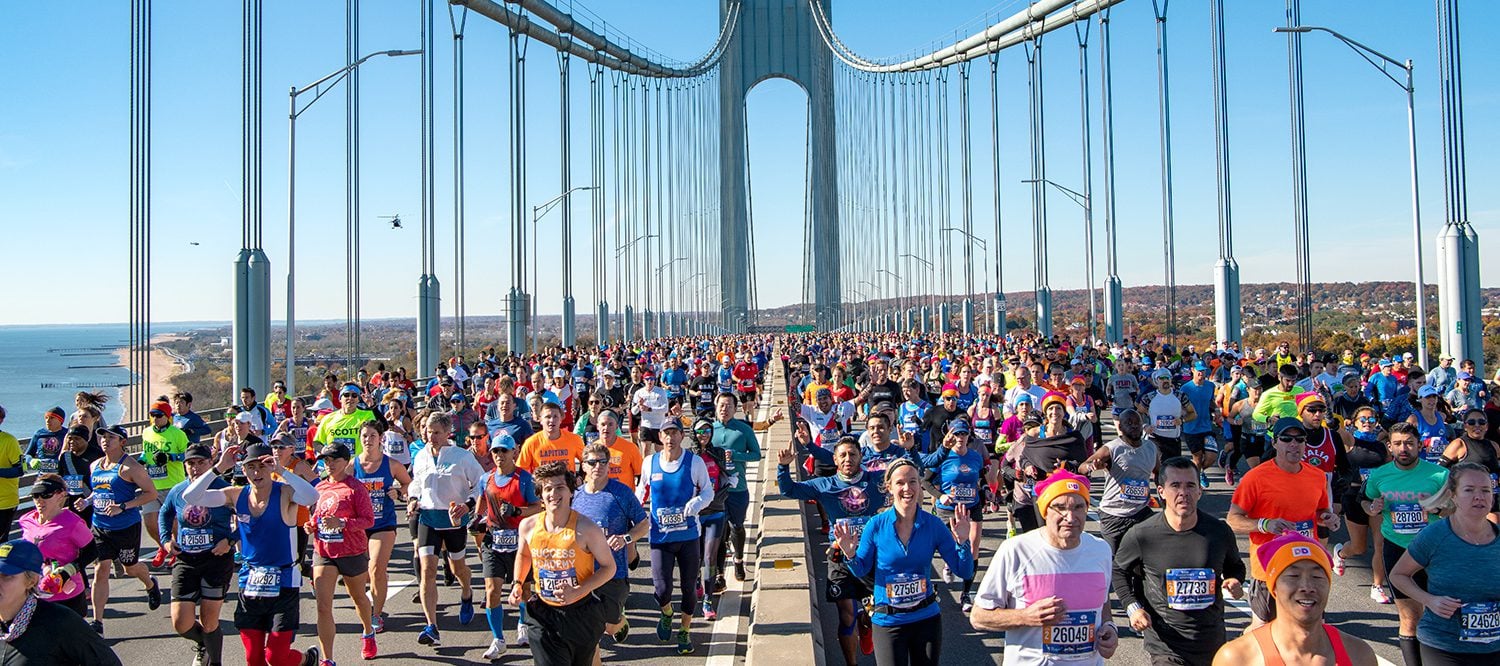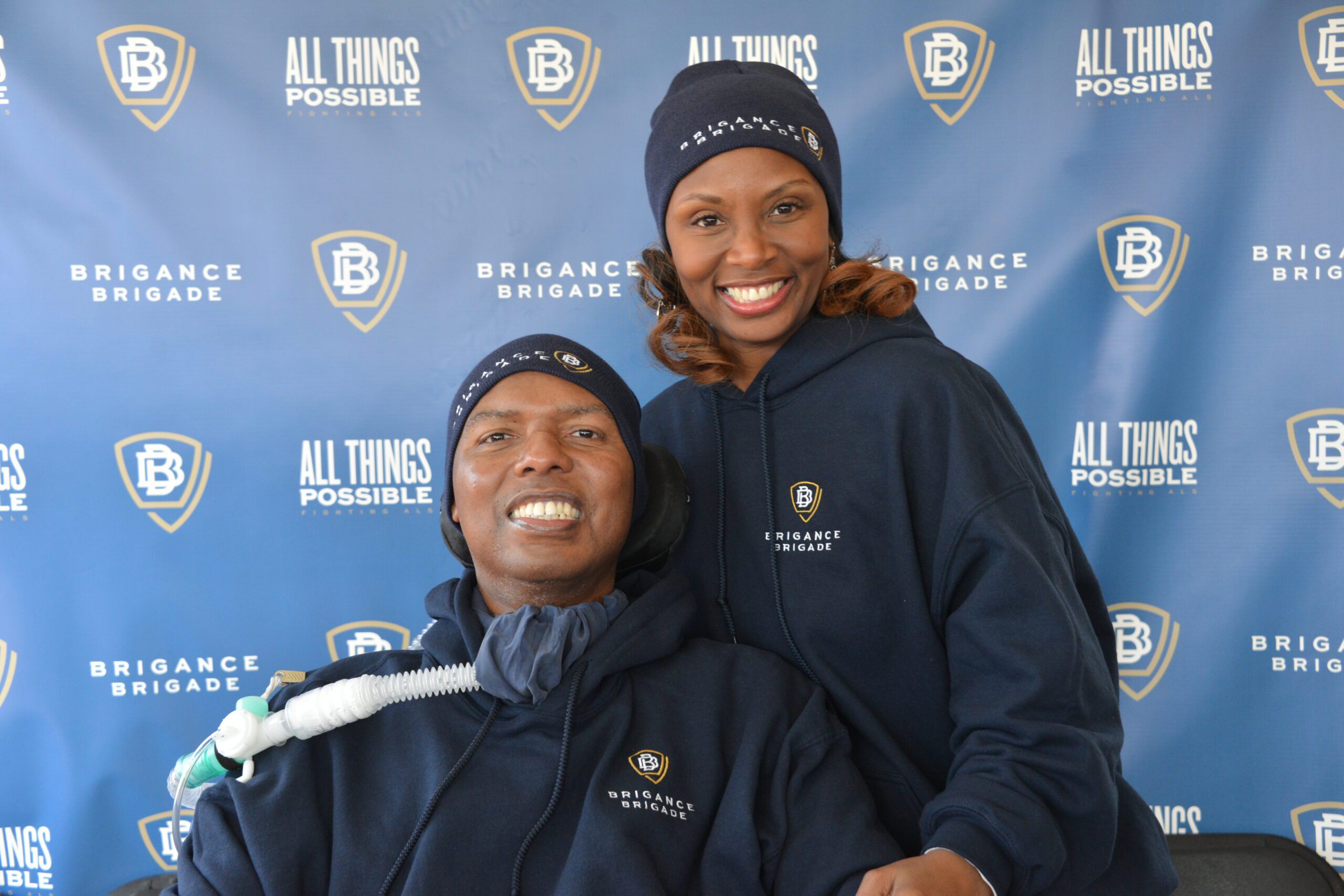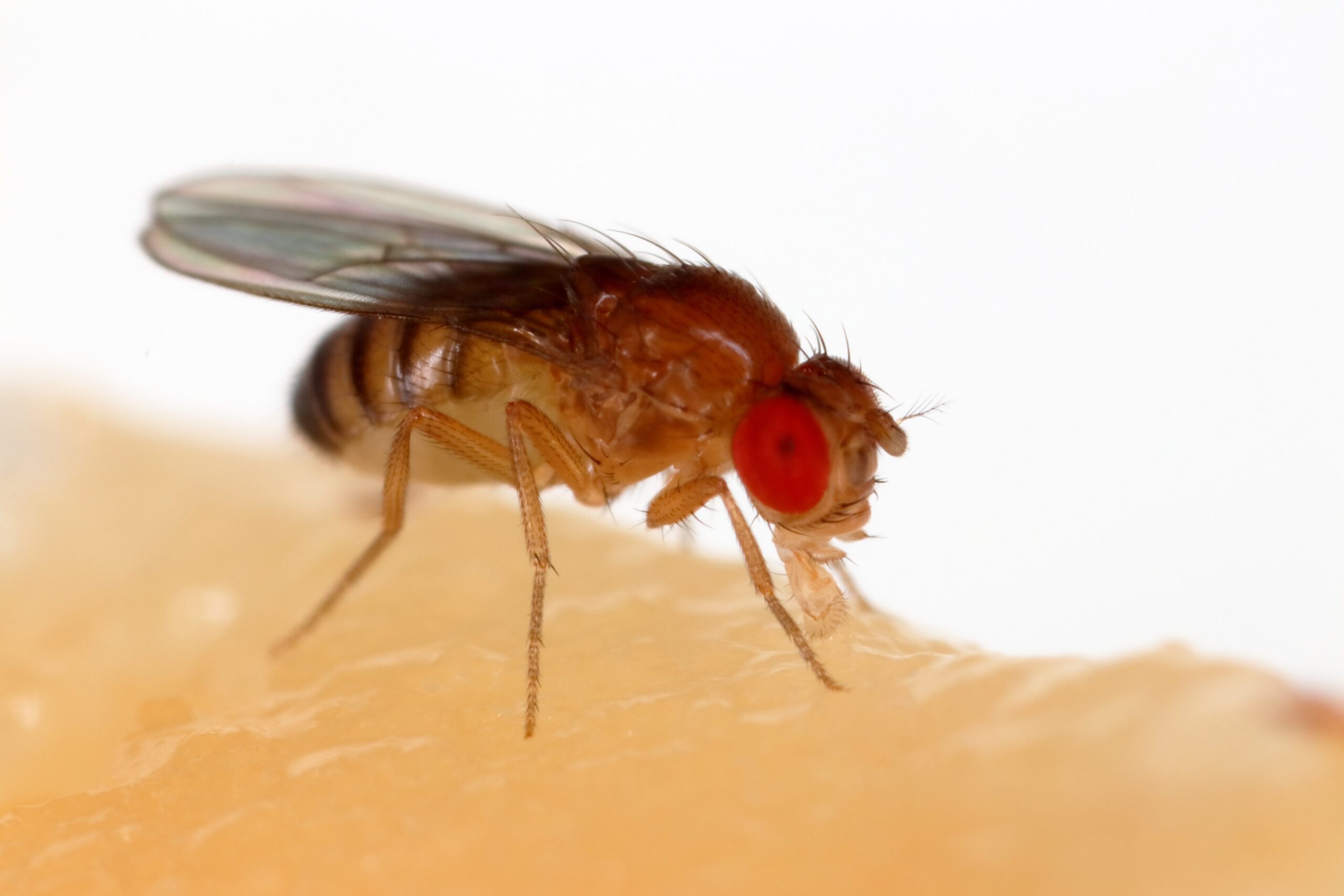Last month, we set out to try something new. We invited the public to submit questions about ALS through our social media channels, and our CEO Manish Raisinghani pledged to answer them. Our team selected five and gave Manish the challenge of answering them in just 60 seconds per question. We’re calling this a new series, “5 Questions in 5 Minutes” and are expecting to carry out this same exercise with a range of ALS expert guests in the coming months.
You’ll find the video with Manish below, as well as a transcript of the questions and answers from this inaugural edition. Learn more about his thoughts on DNA testing, opportunities to find viable treatments, and more.
Video Transcription
Q1: Will there ever be a cure for ALS and is there a way to test DNA to see if you are carrying a gene for the disease?
Everyone involved in ALS research strives for finding cures for the disease, which would be the ideal outcome. Given that there are no effective treatments yet, from the very beginning we’ve focused on trying to find effective treatments for the disease. One can never predict if you’ll find a cure, but if you have better treatments, that would be helpful. If you look at a disease like Parkinson’s disease, we still do not have a cure for it. However, there are patients who lead a longer and higher quality life.
Yes, it is possible to get a test to know if someone carries a gene that is associated with ALS. This is a question that is best discussed with your physician and a genetic counselor. I will point out that around 10% of ALS cases are known to be associated with genetic mutations, while 90% are considered sporadic, which means there is no known underlying cause for the disease.
Q2: Should we use more power to treat the symptoms rather than understanding ALS?
It is important to address both symptoms and the underlying disease. One of the challenges of addressing only symptoms in a disease like ALS is that it is caused by a progressive and irreversible loss of motor neurons. In this scenario, it becomes important to try and slow the progression or stop the progression of the disease so that any effort to address these symptoms is not an uphill struggle. It is for this reason that we have, from the very beginning, focused on finding effective treatments for the disease. In pursuit of this goal, we have made it our mission to harness the power of collaboration to accelerate the process. We feel that our approach is working today. We have been able to identify over a dozen novel therapeutic approaches, four of which have already gone into clinical trials.
Q3: Why does it take so long to diagnose someone for ALS?
One really important challenge we continue to face is that the earliest symptoms of ALS, like muscle tremors or muscle stiffness, overlap with other disorders. As a result, the clinician has to exclude other possibilities to arrive at a diagnosis of ALS. If we had a specific biomarker to help diagnose the disease, that would be very helpful. The challenge we have is that we lack biomarkers to diagnose and track the disease’s progression or to evaluate the effect of a specific treatment. That is the reason that we have focused on a comprehensive approach to try and find the first biomarkers for ALS.
Our approach includes efforts like a recent funding call where we, for the first time, have asked for experts in academia and industry to work together to find effective biomarkers for the disease. We are also working to expand access to precious and critically needed resources like human biospecimens and data sets that are important to carry out this work.
Q4: What model systems do you think will be game changers in finding better targets or a cure?
All model systems contribute in different ways to finding better targets. If we had to pick one, a reasonable argument can be made that access to as much human-based data like genomics, proteomics or single nuclear profiling would be a game changer. This would allow us to understand what happens in humans, and then we can validate the efficacy and safety of these targets in cellular and animal model systems. With this in mind, we have made a concerted effort to lower barriers to access to these precious human biosamples and data sets. We’re really proud that this core has helped over 300 analyst projects worldwide already and encouraged by this as we continue to expand this effort.
Q5: I am at high risk, especially because of the Coronavirus. How safe is it for me to go to my medical appointments? Also, is there any way to get function back after muscles have atrophied?
A physician and their clinics are best to respond to health care-related questions. But, with respect to questions about the ability to regain muscle strength after atrophy, experts are of the opinion that in ALS this is a result of either loss of function of motor neurons or death of motor neurons.
It is conceivable that if we have treatments that help preserve the function of motor neurons or their loss, that may help with muscle strength. But any return of function, experts feel, will depend on either rescuing the neurons that are sick but not yet dead or encouraging the neurons that are left to compensate for the functions of neurons that have been lost already. We may glean information along these lines from some of the clinical trials that are ongoing.






